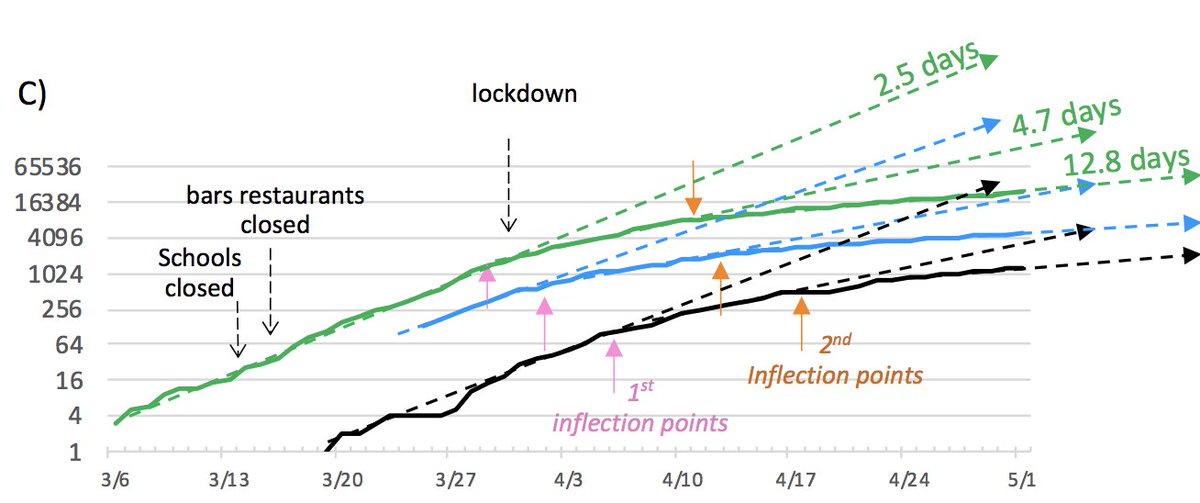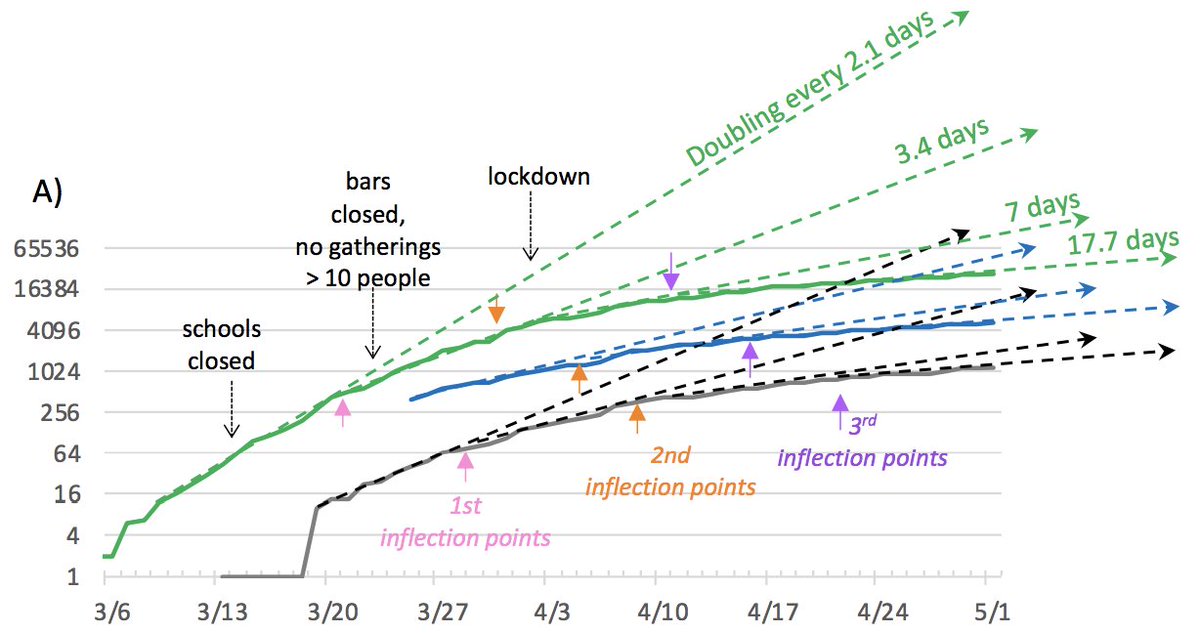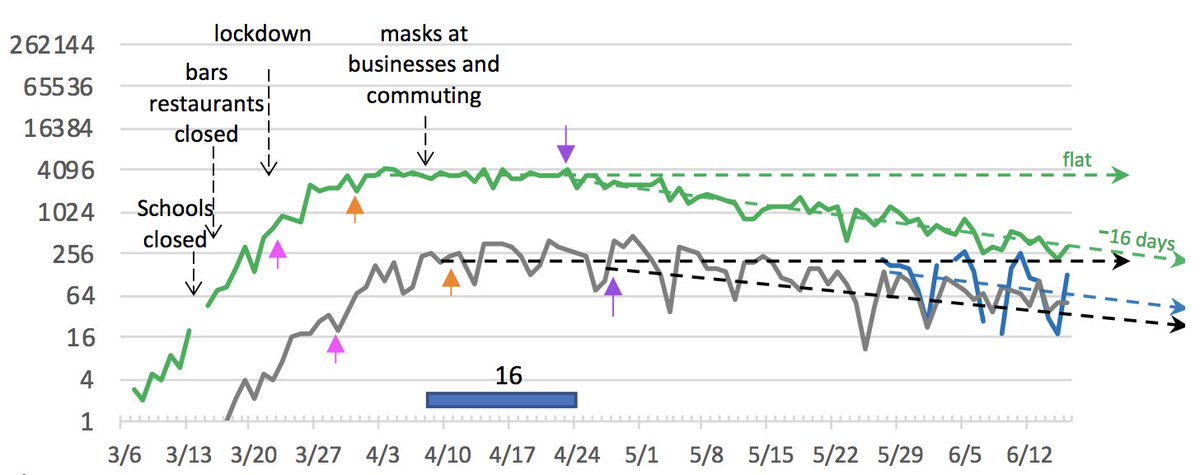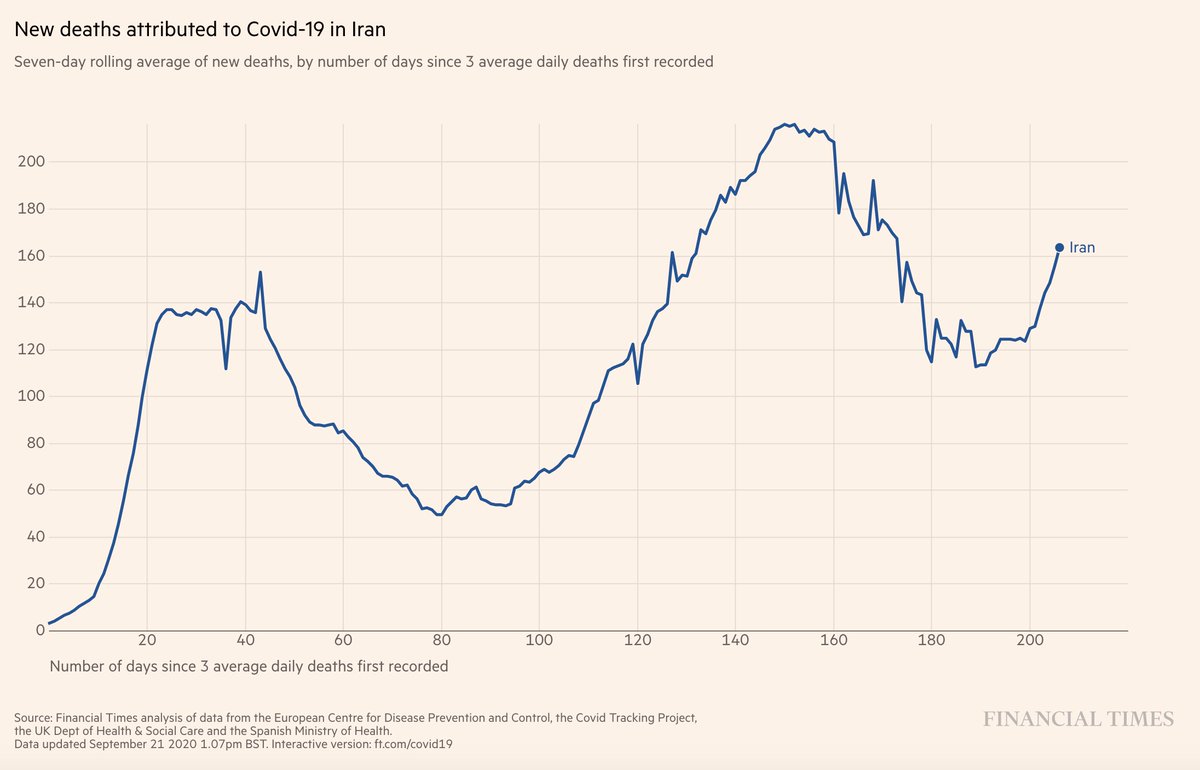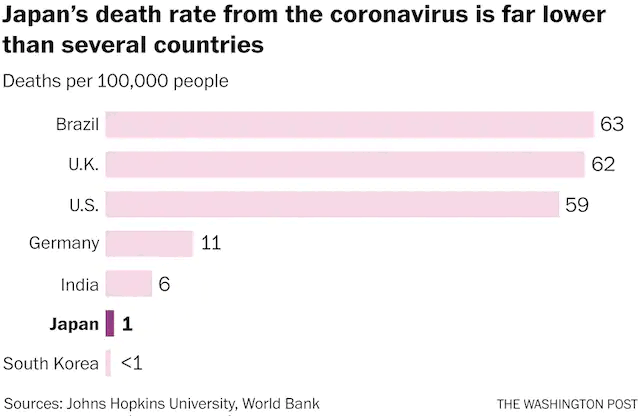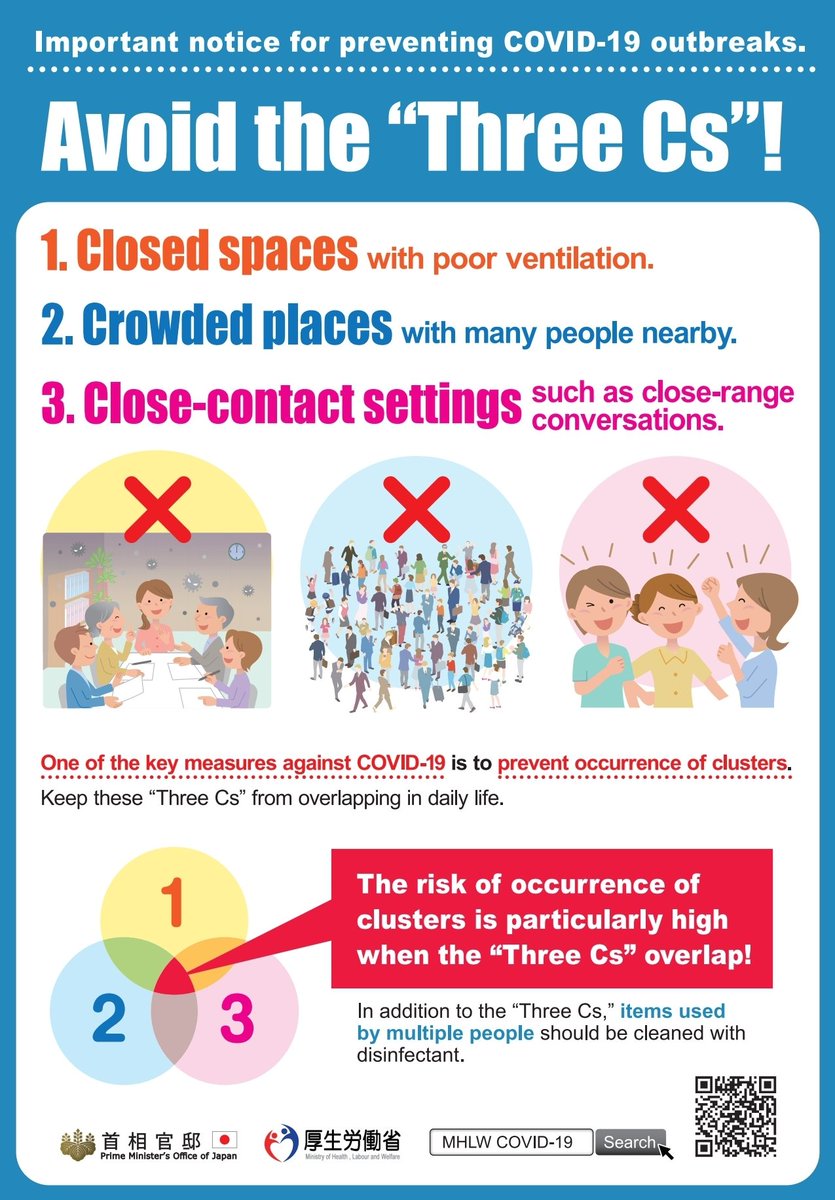
Science magazine: We must shift our thinking and focus on Airborne transmission of SARS-CoV-2.
Inhalation is a major route. Viruses in large droplets fall to the ground in seconds within 2 m. Viruses in aerosols remain suspended for hours, like smoke, and are inhaled 1/4
Inhalation is a major route. Viruses in large droplets fall to the ground in seconds within 2 m. Viruses in aerosols remain suspended for hours, like smoke, and are inhaled 1/4

Aerosols are highly concentrated near an infected person, but they can also travel more than 2 m and accumulate in poorly ventilated indoor air, leading to superspreading events. Even without symptoms thousands of virus-laden aerosols are released by breathing and talking 2/4
Thus, it's more likely to inhale aerosols than be sprayed by droplets so we must focus on airborne transmission. In addition to masks, distancing, hygiene, we need guidance to move activities outdoors, improve indoor air w/ventilation & filtration & protect high-risk workers 3/4
• • •
Missing some Tweet in this thread? You can try to
force a refresh

